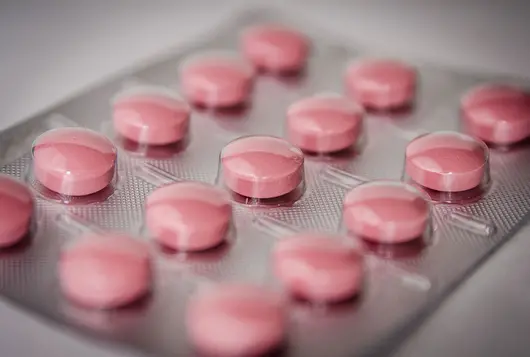Debunking Internet Myths & Rumors About Pet Toxins

While the internet can be a great source of information, the ASPCA Animal Poison Control Center points out that we all know there are wacky and downright wrong theories out there.
Be sure you’re up on these common tox myths for the next time a client says “But I read it online!”
Rumor: Garlic is a natural way to get rid of fleas
Wanting to use a safe flea control on pets is understandable, but people may equate natural with safe, which is not always the case. The simple answer is no, garlic will not treat fleas. Garlic can however cause hemolytic anemia and methemoglobinemia. For dogs, 5g/kg of fresh garlic may be a problem—and any exposure in cats poses some risk.
Rumor: Ingesting mouse bait will cause an animal to seek water, and when the animal drinks the water it will activate the poison
Water is not needed to activate mouse poison. The three most common types of bait in the United States (anticoagulants, bromethalin, cholecalciferol) all work on their own when ingested. This myth likely came about because no one wants to think that mice may die inside their home. Hence they decide mice have to leave the house to drink water and then die.
Rumor: Atropine is the universal antidote
Atropine is a drug that can be helpful in certain toxicities, but does not treat all. In fact it is not used very often in toxicities today. Like many myths, this one may have a little bit of truth in it: Years ago organophosphates and carbamates were commonly used as insecticides. With organophosphate and carbamate, atropine can be very helpful in treating some of the signs. Today we have safer insecticides and so the chance of seeing an organophosphate or carbamate toxicity occurs much less than it used to.
Rumor: Milk is the universal antidote
Like atropine, there is a bit of truth in this one, but saying it is a universal antidote is taking it too far. The truth is that milk does make a good diluent for caustic substances. It also will help dissolve the insoluble calcium oxalate crystals found in several species of plants thus decreasing the oral irritation that can be seen from ingestion of these plants.
Rumor: Almonds are toxic to pets
Sweet almonds—the kind sold in stores in the United States for eating—are not toxic to pets, although it’s possible for gastroenteritis and pancreatitis to develop if a lot of sweet almonds are ingested. Bitter almonds, on the other hand, contain a cyanide compound and are considered toxic. These are typically not sold in the U.S., but it may be possible to find them at some natural food stores. They should be clearly marked as bitter almonds.
Rumor: Pistachios are toxic to pets
We're not sure why nuts get such a bad rap, but like sweet almonds, pistachios are not really toxic. That being said, a pet who eats a large number of pistachios is likely to develop gastrointestinal distress and possible pancreatitis. And if pistachios are ingested with their shells a foreign body obstruction could result as well.
Rumor: Hostas make bubbles & bloat in a pet’s stomach
The theory is that since Hostas contain saponins, and saponins are used to make soap, if a pet ingests the plants they will make soap bubbles in the pet’s stomach. That, according to the rumors, leads to bloat. It’s true that saponins are used to make soap, but it’s not true that soap or soap bubbles are produced in a pet’s stomach if plants containing saponins are ingested.
While we would not expect the saponins in Hostas to lead to bloat, they are what deems the plant toxic to dogs, cats, and horses and may cause vomiting, diarrhea, and depression if ingested.
Rumor: All lilies are toxic to cats
This is a tough one because some lilies do cause acute kidney injury (AKI) but there are many plants that go by the common name lily. Asiatic lily, Calla lily, Easter lily, Peruvian lily, Peace lily and Day lily all have lily in their name but only three (Asiatic, Easter and Day) are renal toxic to cats. The best way to check is to look up the plants and see what their genus names are; if they are either Lilium sp. or Hemerocallis sp. then you should be worried. Calla lilies (Zantedeschia sp.) and Peace lilies (Spathiphyllum sp.) both contain insoluble calcium oxalate (note this is different than soluble calcium oxalate plants) which can cause oral and gastrointestinal irritation.
Peruvian lilies (Alstromeria sp.) are only concern for mild gastrointestinal upset; however, they look a lot like Lilium sp flowers and are a favorite of florists to use in bouquets.
We have lots more on this subject:



